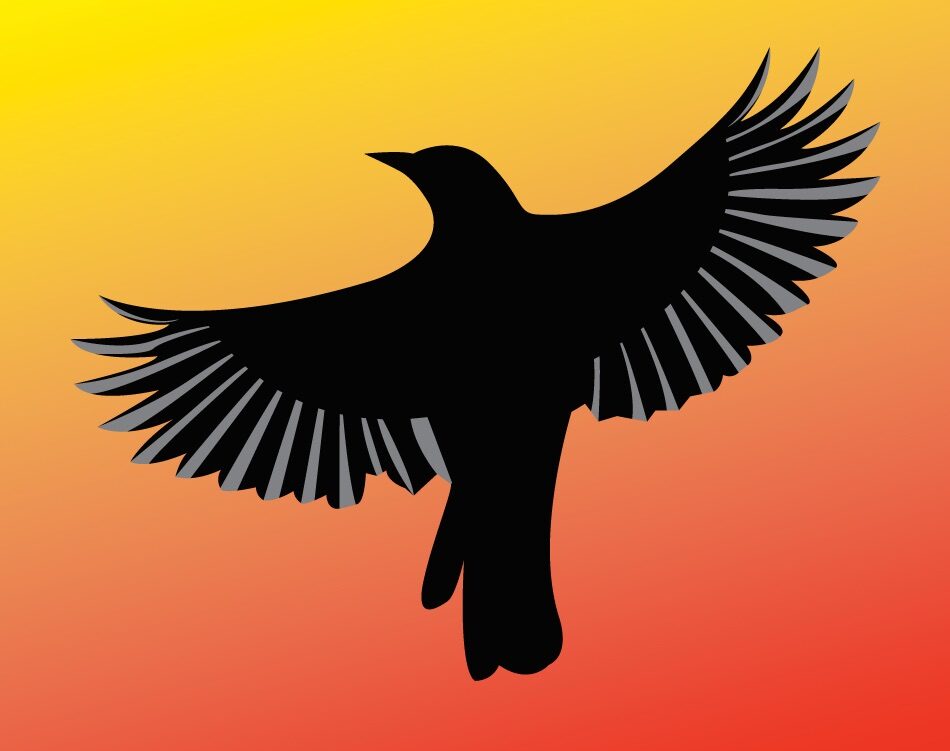Interview: Thea Hutcheson on “Judging Pashet”
“Judging Pashet” is in the Stars in the Darkness anthology, a collection of stories about why being just matters, and what the ramifications are for individuals, groups, towns, countries, or even worlds if justice is not expected, encouraged, or enforced. Meet Thea! Thea Hutcheson writes about magic, science, and everything in between. She has…
